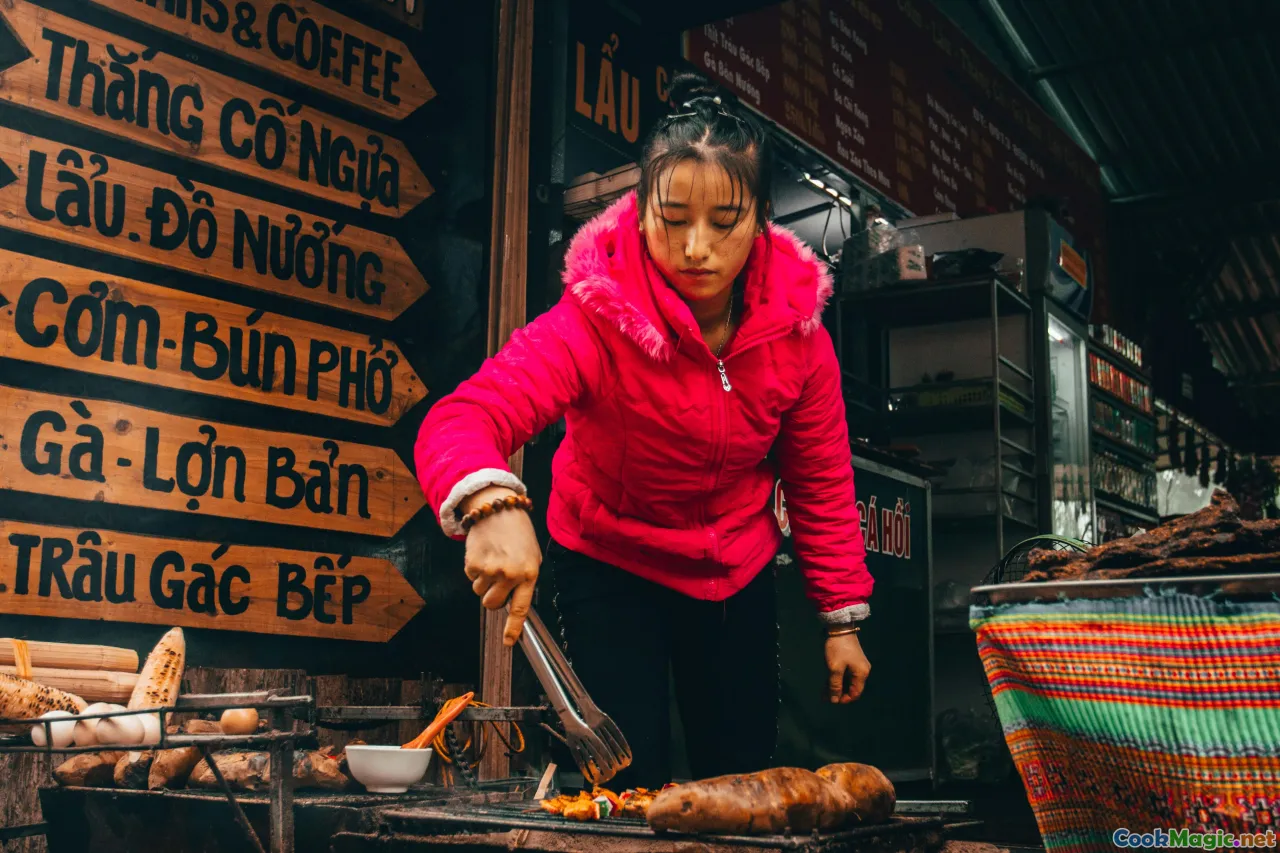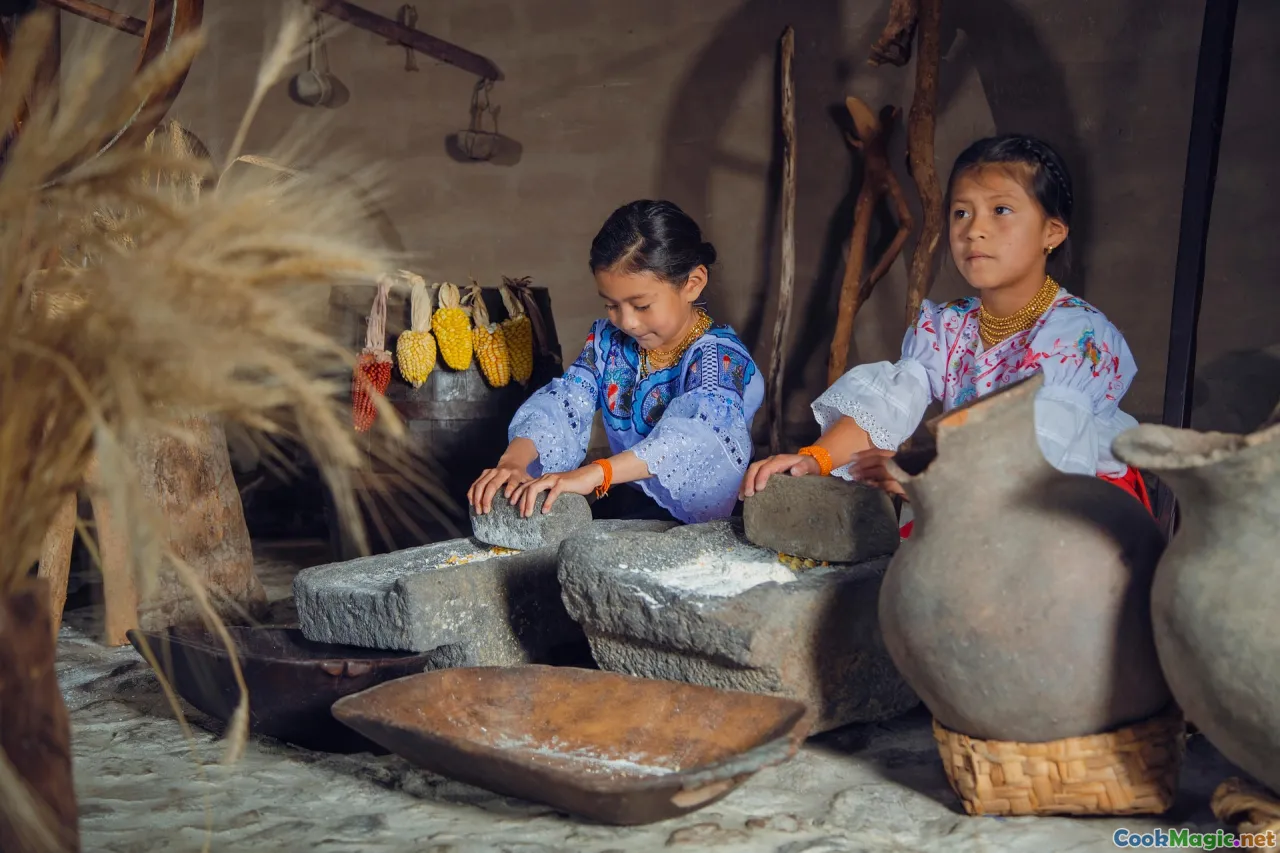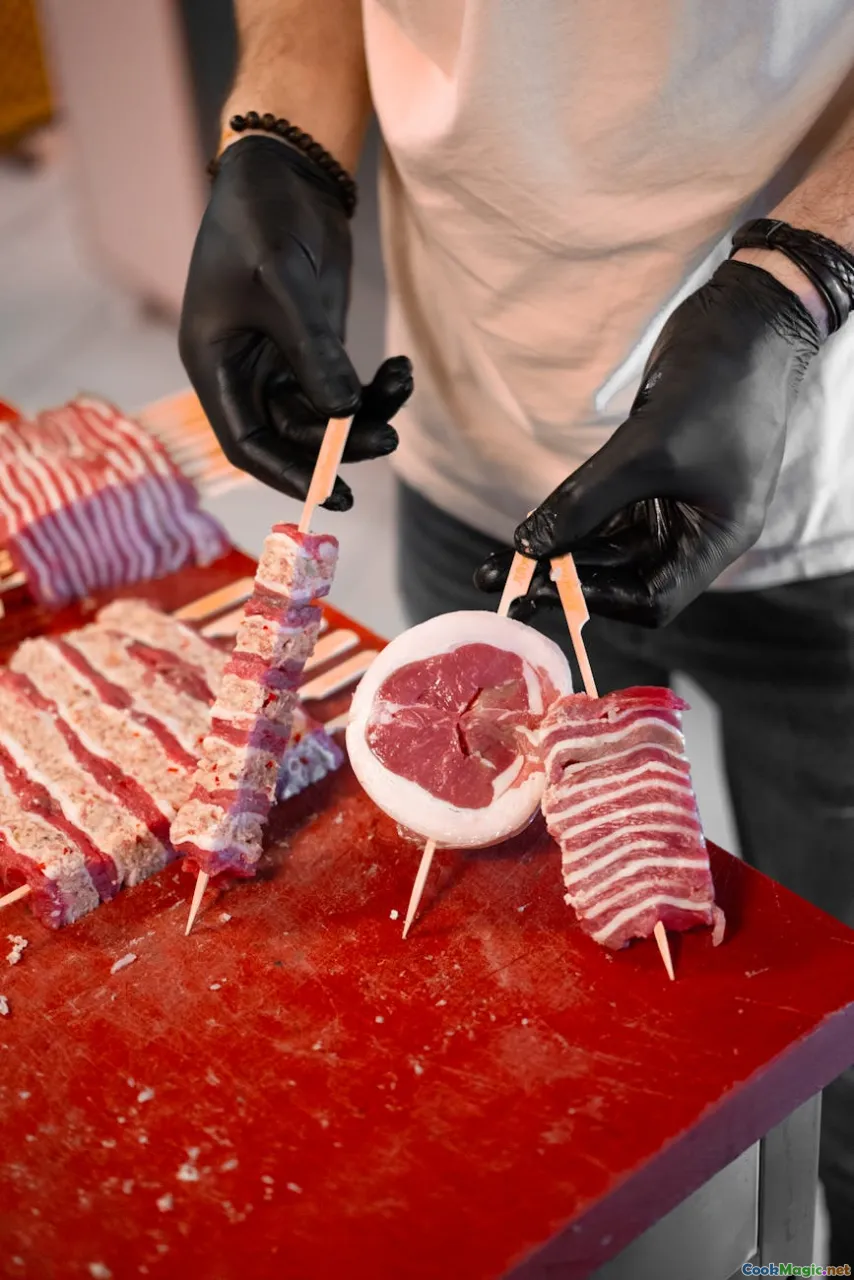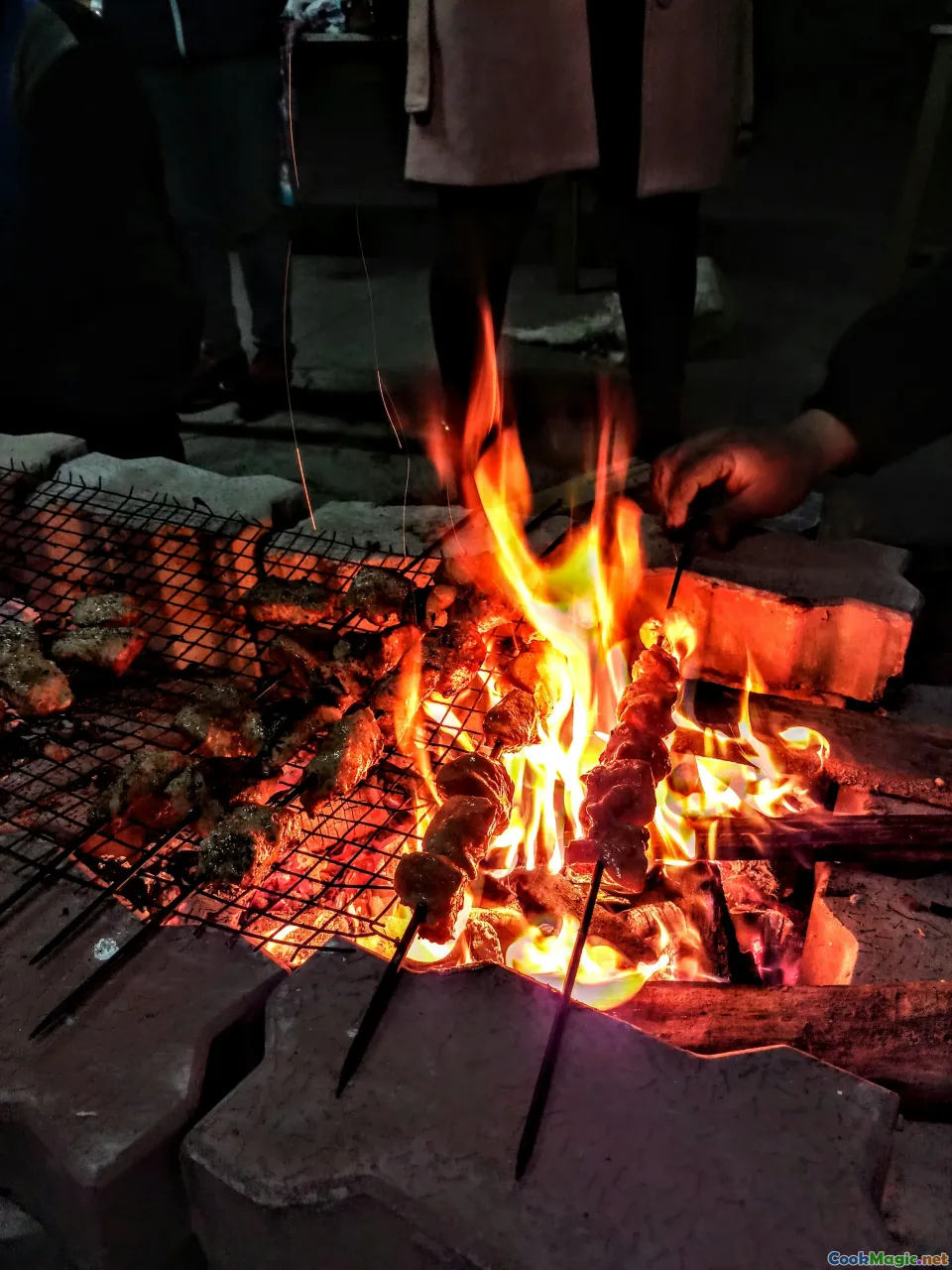The Art of Making Peruvian Anticuchos
11 min read Discover the rich tradition and techniques behind crafting authentic Peruvian anticuchos, a delicious and iconic street food staple. July 02, 2025 09:05
The Art of Making Peruvian Anticuchos
Peruvian anticuchos are more than just skewered meat; they are a vibrant, aromatic celebration of Peru's rich culinary heritage. From bustling street stalls in Lima to family tables centuries old, anticuchos embody the soul of Peruvian street food—spicy, smoky, tender, and steeped in tradition. As a culinary writer passionate about uncovering authentic gastronomy, I invite you to explore the intricate artistry behind creating perfect anticuchos, the history they carry, and how they continue to ignite the senses.
A Journey Through History: The Origins of Anticuchos

The story of anticuchos spans back to pre-Columbian Peru, where indigenous communities eagerly roasted small game in underground pits. The word itself, derived from the Quechua word "ánticuchu," loosely meaning "sprinkled with chili," hints at the fiery marination process that defines the dish. Spaniards introduced cattle, and over centuries, beef became the primary meat, though variations like chicken or pork have also found a space in modern renditions.
The popularity of anticuchos soared in colonial Lima, evolving from humble street food into a staple of Peruvian culinary identity. Wander through the lively markets of Plaza San Martín or the spirited evening vendors near Barranco, and you'll hear the sizzling sound of skewered beef meeting hot coals. The aroma—rich, smoky, with a hint of garlic and chili—invites passersby to indulge in a taste of history.
Choosing the Right Meat: From Tradition to Modernity

Authentic anticuchos traditionally use beef heart—yes, the muscular organ that, when prepared properly, tenderizes into a succulent, flavorful meat. The heart’s dense texture contrasts with its juicy, gamey richness, offering a unique profile insiders value. However, farm-fresh sirloin or top sirloin cuts have gradually gained popularity among home cooks, appreciated for their tenderness and availability.
When selecting meat for anticuchos, quality is paramount. Seek out fresh, bright-red beef with minimal marbling for a balanced flavor. Remember, the marinade is designed both to tenderize and flavor the meat—so choosing a fresh cut ensures optimal taste.
The Marinade: An Alluring Symphony of Flavors

The hallmark of an authentic anticucho lies in its marinade, a lively blend of spices, chili peppers, and acidity that transforms simple meat into a flavor-packed delight. Traditionally, the marinade combines aji panca (smoky red pepper paste), garlic, vinegar, cumin, and a splash of Peruvian huacatay (black mint) or oregano. These ingredients create a vibrant crimson paste that perfumes the meat.
Creating a perfect marinade involves balancing heat, smokiness, and acidity. For example, blend aji panca, garlic, vinegar, salt, pepper, and a touch of oil into a smooth paste. Marinate the cubes for at least 4 hours—or even overnight—to allow the flavors to deeply penetrate the meat.
Pro tip: Add a dash of beer or dark rum for extra depth, or a smear of ají amarillo for fiery sweetness.
Skewering and Preparing the Anticuchos

Once marinated, the meat is threaded onto thin bamboo skewers—traditionally soaked in water for 30 minutes beforehand, preventing burning over the grill. Skewering should be firm yet gentle, ensuring that each piece fits snugly but isn't overly compressed.
Rustic or refined, the skewers are then grill-ready. Over hot coals or a gas grill, cook the anticuchos over high heat, turning frequently to develop a savory char. The exterior should be beautifully caramelized, with spots of smokiness, while the interior remains juicy.
Grilling time varies—about 8–12 minutes—depending on the size of the meat cubes. You can brush the skewers with a bit of the leftover marinade during cooking for a glossy, flavorful finish.
Serving Anticuchos: Tradition Meets Personal Touch

In Peru, anticuchos are typically served hot off the grill, accompanied by pieces of boiled Peruvian potatoes, corn on the cob, or even a slice of baguette to soak up the flavors. A dash of ají sauce, often made with chopped chili, lime juice, and salt, enhances the smoky spiced meat.
Street vendors proudly display their skewers on metal trays, with colorful condiments—pickled carrots, onions, and spicy peruvian sauces—ready for dipping. Sitting at a bustling market stall or a family gathering, the experience is sensory-rich: the crackle of the grill, the pungent aroma layering with citrus accents, the tactile feel of the tender meat.
For a modern twist, serve anticuchos with a side of quinoa salad, avocado slices, or even in a bowl topped with fresh herbs, reflecting Peru’s fusion of traditional and contemporary elegance.
Personal Tips for Perfecting Your Anticuchos
- Quality marination time: Allow at least 4–6 hours for the marinade to tenderize and flavor the meat deeply.
- Proper skewering technique: Keep the meat chunks tight but not crushed; this helps ensure even cooking.
- High heat grilling: Achieve that characteristic char by using hot charcoal or a well-preheated grill. Patience is key—avoid overcrowding.
- Surface finishing: Brush with leftover marinade or a mixture of lime juice and oil in the last few minutes for additional flavor.
- Rest before serving: Let the cooked anticuchos rest for a few minutes; this helps retain juices.
Exploring Variations & Regional Twists
While the classic anticucho employs beef heart, regional variations across Peru showcase local ingredients. In coastal areas like Chiclayo and Trujillo, chicken or pork are popular alternatives, seasoned with local spices like pancaandachiote. Some cooks involve a dash of ají limo—a hot chili pepper—to vamp up the heat.
In the highlands, anticuchos sometimes incorporate local herbs like huacatay or even mushrooms for a vegetal twist. Vegetarian versions—using tofu or hearty vegetables—are gaining ground, marinated with the same spice blend.
Celebrating Anticuchos: A Cultural Phenomenon
In Peru, anticuchos are more than a dish—they are an experience, a ritual, a communal event often shared among family and friends. From the cevicherías of Lima to street corners in Arequipa, vendors crowd around charcoal grills cranking out stacks of skewers, filling the air with irresistible aromas.
The annual Anticucho Festival in Lima celebrates this beloved street food, where chefs push culinary boundaries — infusing traditional recipes with innovations like spicy fruit glazes or gourmet presentation styles. It’s an ode to the enduring heart and soul of Peruvian cuisine.
Closing Thoughts: Bringing the Spirit of Anticuchos Home
Creating authentic anticuchos is a labor of love—affirming tradition, igniting the senses, and connecting us to Peru’s vibrant cultures. Whether you are grilling over an open fire or warming your kitchen with a cast-iron grill pan, the key lies in patience, quality ingredients, and a passion for flavor.
The next time you bite into a smoky, tender anticucho, remember its journey across time and terrain—an edible tapestry woven with history, environment, and the fiery spirit of Peruvian life. As with any culinary art, the secret belongs equally to tradition and your personal touch—making each plate a memorable masterpiece that honors this iconic dish.
Vive la cocina peruana, y que tus anticuchos siempre tengan ese toque especial.









